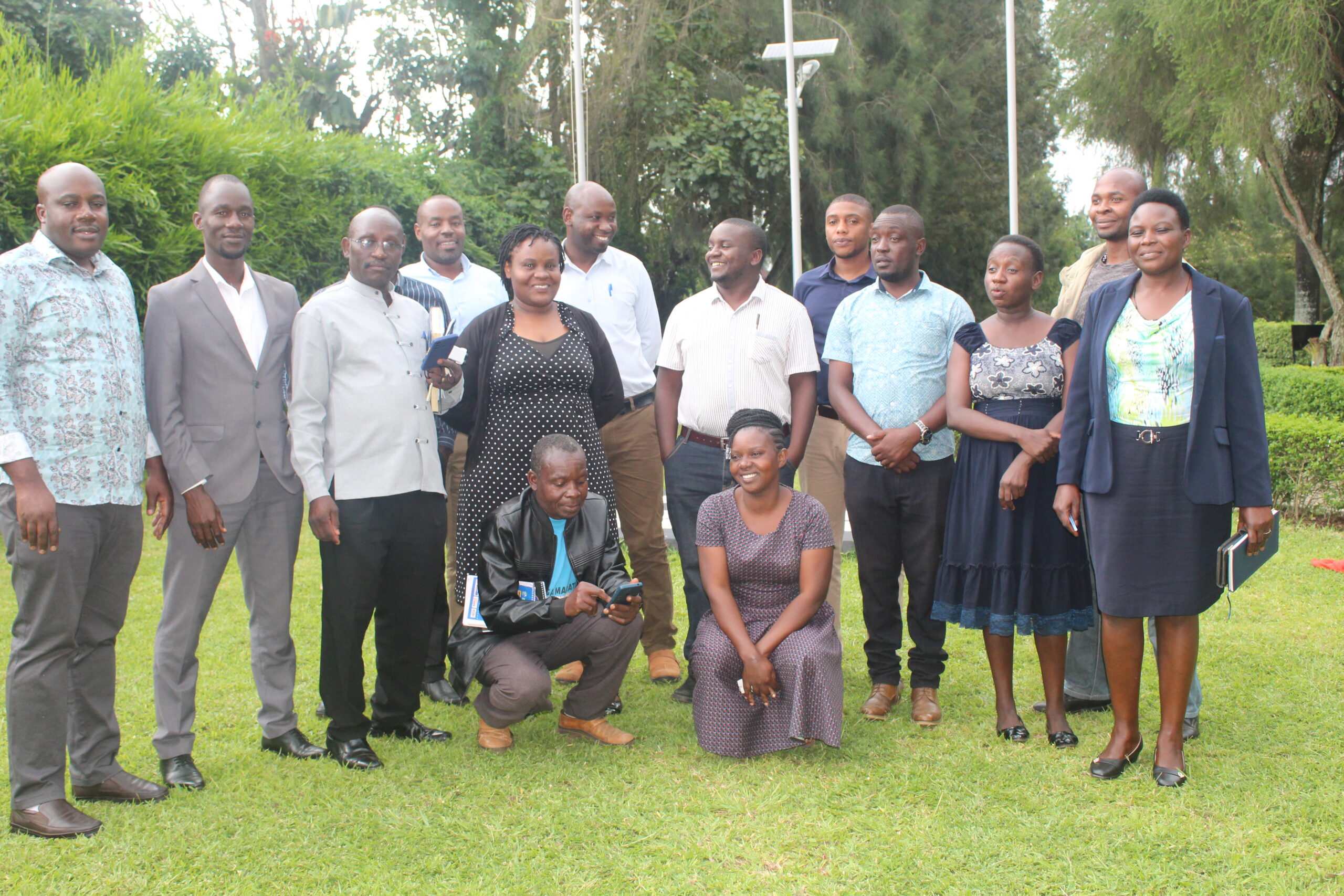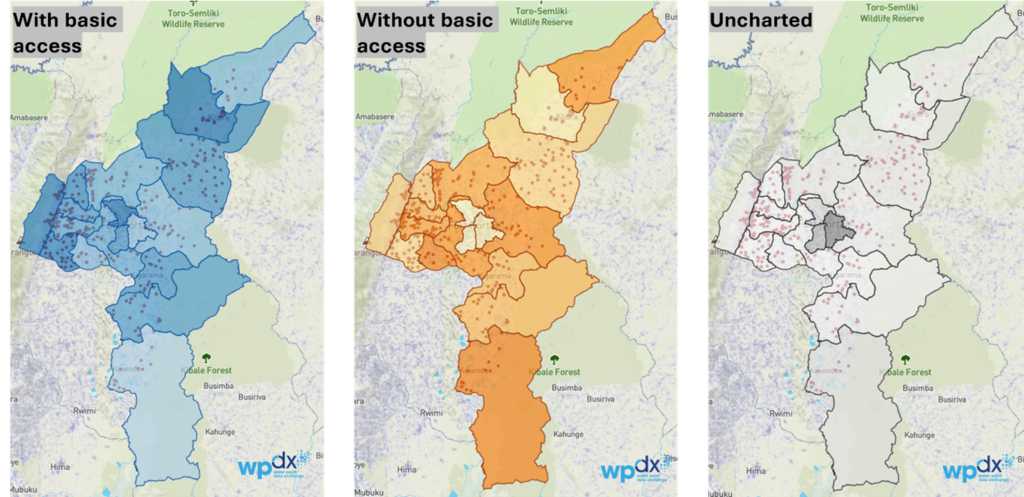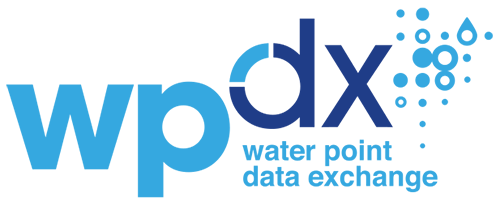
Figure 1. Kabarole district officials after the launch of the district WASH data porta. Photo credit: Mary Ayoreka Concepta, IRC Regional WASH Officer
Guest blog contributed by: Moses Asiimwe, IRC WASH Uganda and Bruno Basudde, Kabarole District Local Government
Please note: This blog will be cross-posted on the IRC Uganda and Kabarole District Local Government websites.
Like those in many other service sectors, the decision makers in the water, sanitation and hygiene (WASH) sector experience challenges in using data effectively to devise appropriate strategies to improve service delivery. One of the key hurdles is collecting new and/or locating existing high-quality data, which can be such a daunting task, especially in the face of the meagre resources often available for many organisations. If this data can be found, one then wonders where to look for simple, user-friendly, and cost-effective solutions for data analysis within and beyond organization level.
District Data Collection and Analysis
Considering the above, and with funding from the Conrad N. Hilton Foundation, in August 2022, IRC, in partnership with Kabarole District Local Government (DLG) carried out service level monitoring to establish WASH service level trends with focus on availability and functionality of WASH facilities, level of water service provision, asset age (repair/maintenance), and user satisfaction using the mWater platform. Later, and of paramount importance to IRC and Kabarole DLG, further data analysis using the Water Point Data Exchange (WPdx) added value by generating action-oriented insights to use the collected data to inform district planning and implementation of programme interventions by lower-level local governments (sub-counties). One especially useful analysis was a detailed comparison between the previous service level data (2019) and the most recent dataset (2022) focusing on water service. The datasets from 2019 and 2022 were analyzed both independently and as a harmonized dataset, to reflect the most up-to-date information. There were 45 verified water point matches between the two datasets. Of those 45, 11 changed status between 2019 and 2022, with 9 points being brought to a functional status and 2 becoming non-functional.
Piloting a Private WPdx Pipeline
A full analysis was conducted using a pilot private version of WPdx which allowed IRC to select a customized dataset to be analyzed using the WPdx Decision Support Tools. Though recent data had been collected, the district had questions about how to effectively analyze and use the data to inform decisions. WPdx presented a unique opportunity to explore ways to best use the data as it is an open-source platform designed to address such challenges by unlocking the potential of water point data. Partnering with the WPdx team, the Kabarole service level data was uploaded and analyzed on a private version of the WPdx platform with minimal additional effort. The WPdx team worked with IRC to connect directly into the Kabarole DLG database to easily share the dataset with the WPdx platform. The resulting analysis enabled the district to tap into invaluable insights about water point sustainability which are in the process of being integrated into the District WASH Masterplan (2018 – 2030) and the District Improvement Plan (DIP). The findings from the WPdx tools are supporting the district to make evidence-based decisions to improve basic water service as the district continues to make fundamental strides towards realizing 2030 SDG 6.1 and 6.2 service targets.

Figure 2: Comparison of access by sub-district in Kabarole, Uganda using a customized version of the WPdx Administrative Region Analysis Tool.
In collaboration with the WPdx team, a number of relevant water service analyses were conducted, i.e., a comparison of water point types disaggregated by sub-county/survey year (2019 & 2022), functionality status (and associated functionality changes), population with and without access to basic water service, uncharted population (representing urban areas or such other areas without known service or where data may be missing), and the over-capacity population per water point (i.e., the number of people reliant on the water point for service above the recommended technical capacity). These insights created an opportunity for partners (IRC, Kabarole DLG and WPdx) to identify potential areas for new service locations and/or rehabilitation by identifying locations where populations currently lack access to a service, are reliant on a single water point with no alternatives nearby, and/or are reliant on a water point that is being over-utilized due to relatively high local populations.
Integrating Insights for Action
Efforts are ongoing to incorporate the WPdx results into the already established and recently launched district WASH data portal to provide the district water office a way to routinely monitor the level of water service provision and update new water source point information in a timely manner. Partners will use the insights from WPdx to inform the design of more strategic programs to reach the under-served populations within the district with affordable, quality, and sustainable basic water services, including exploring joint resource mobilization efforts to support the same cause.
Acknowledgement: Funding for the work discussed in the post was generously provided by the Conrad N. Hilton Foundation.
